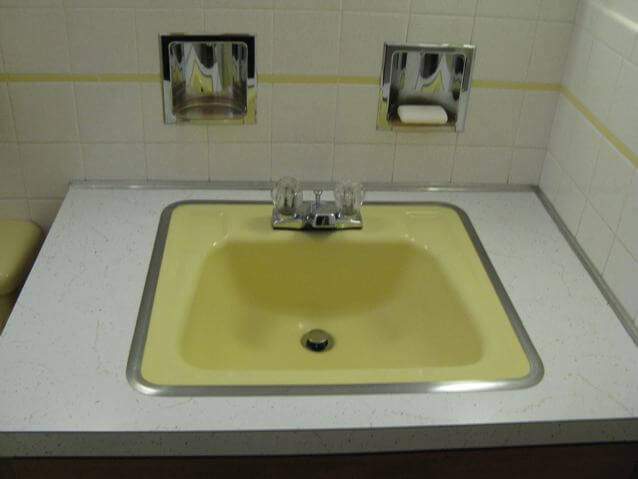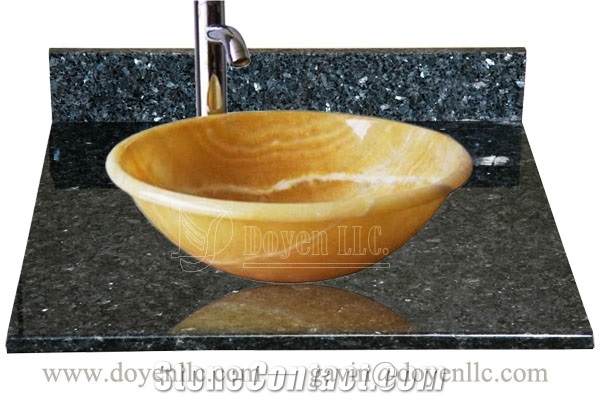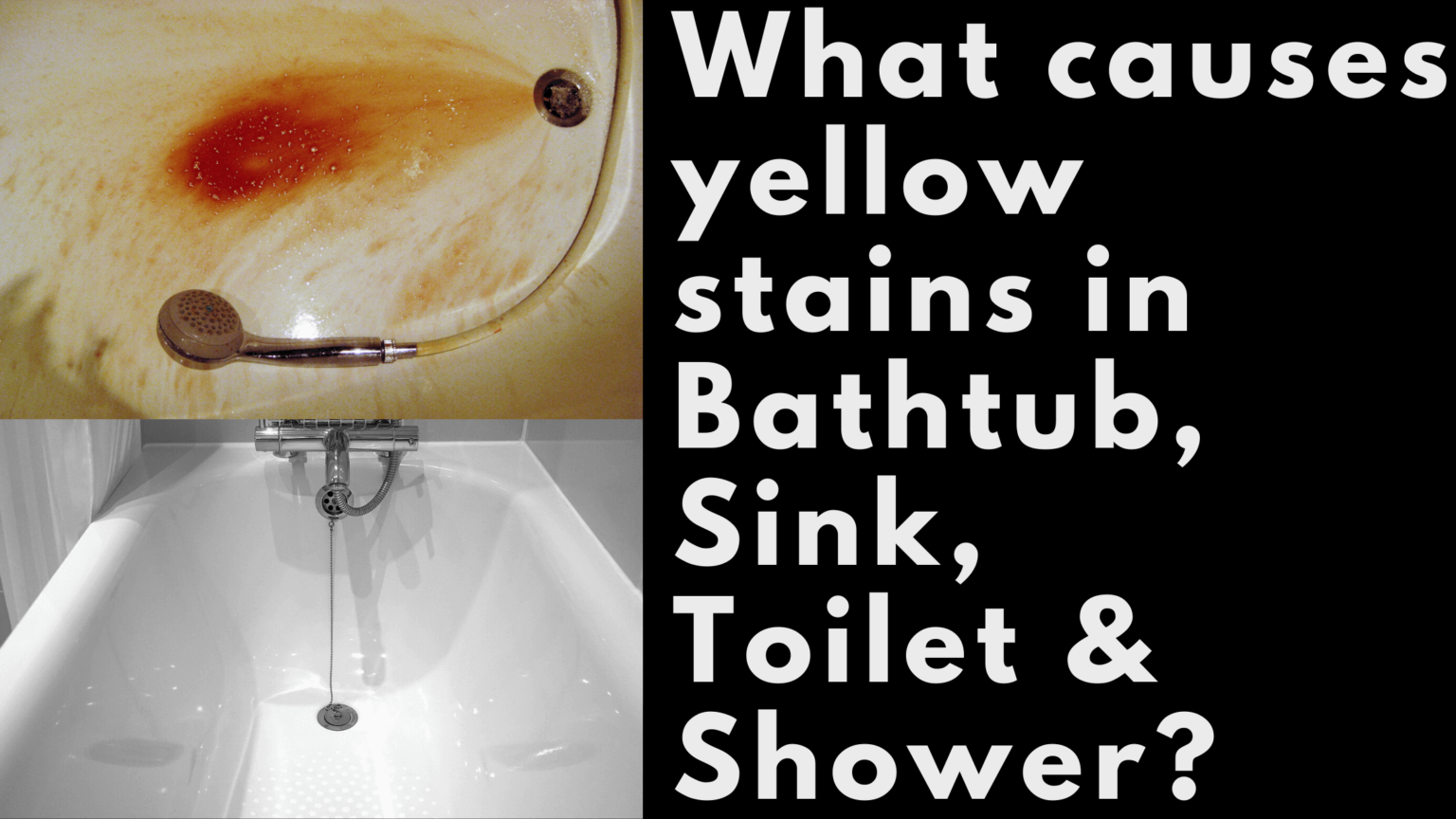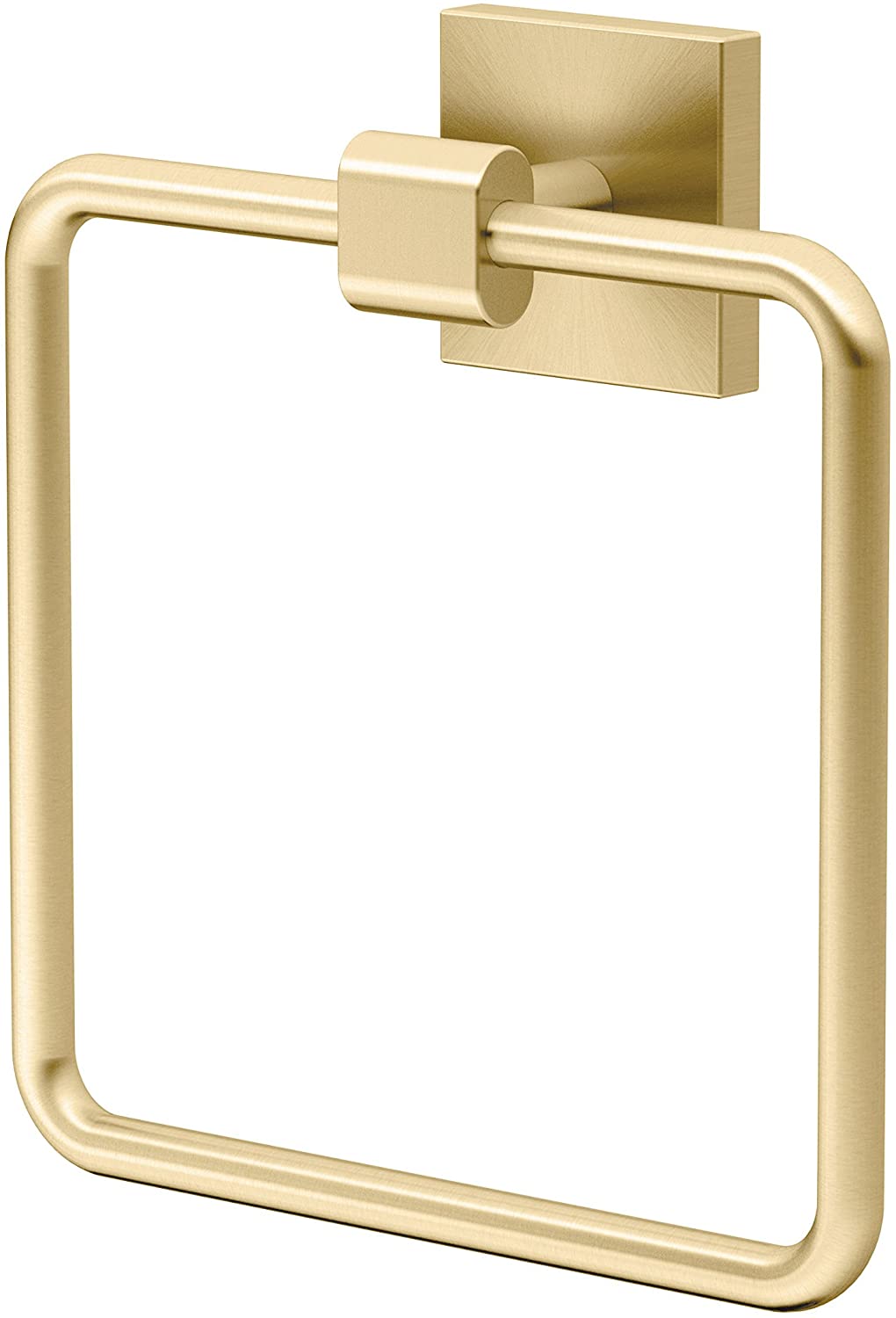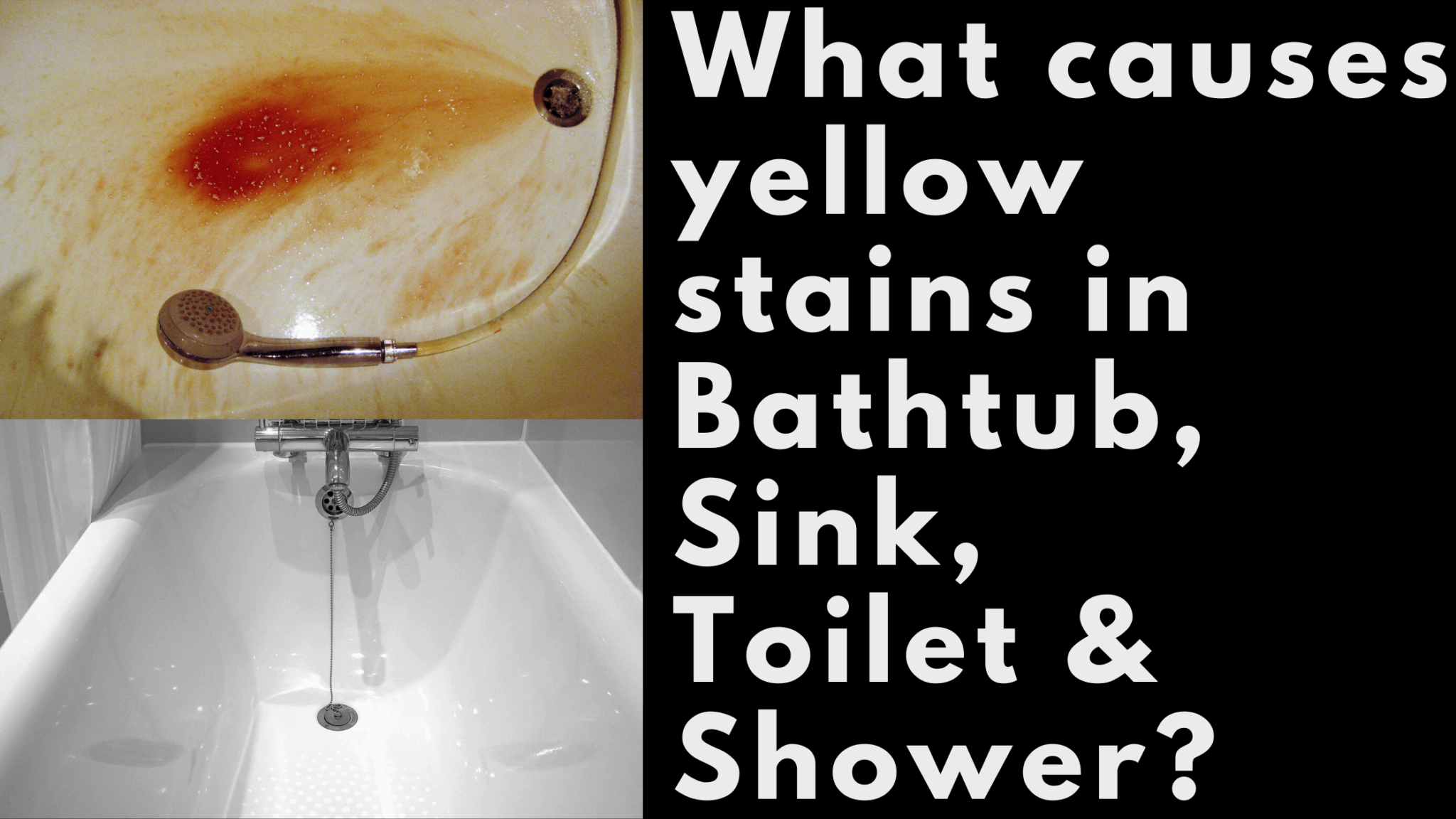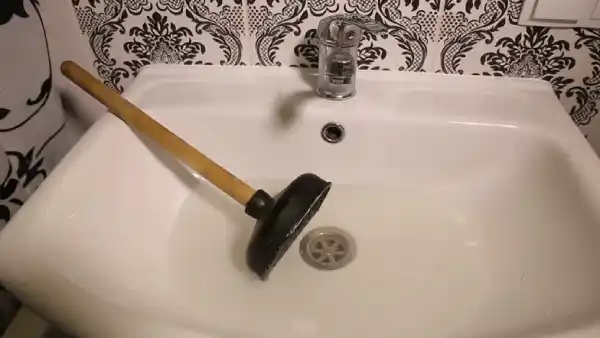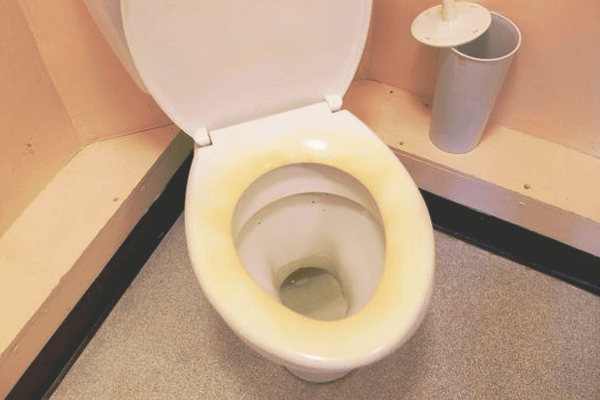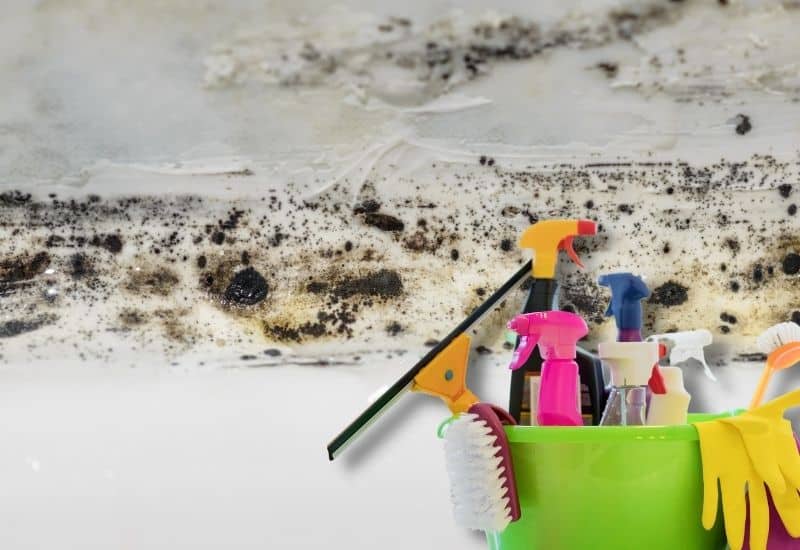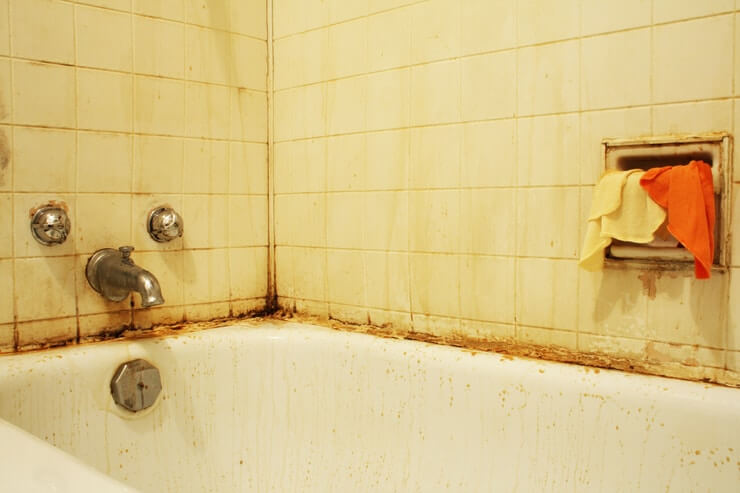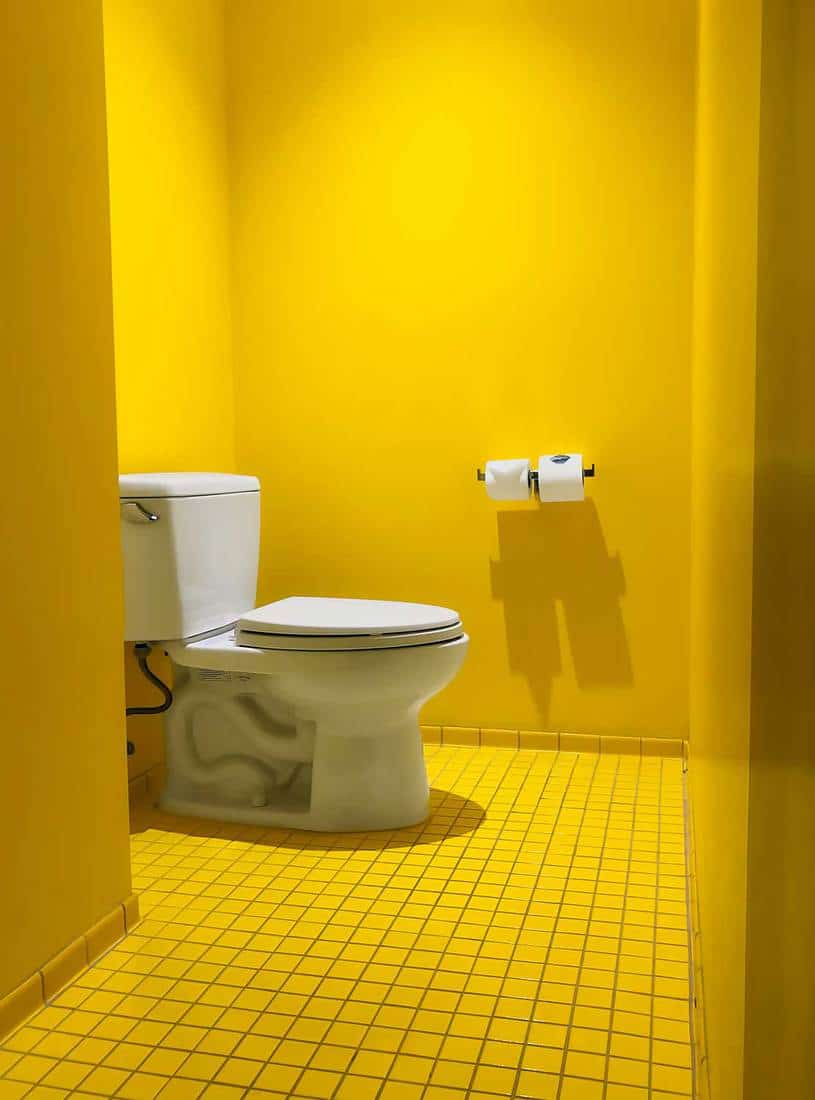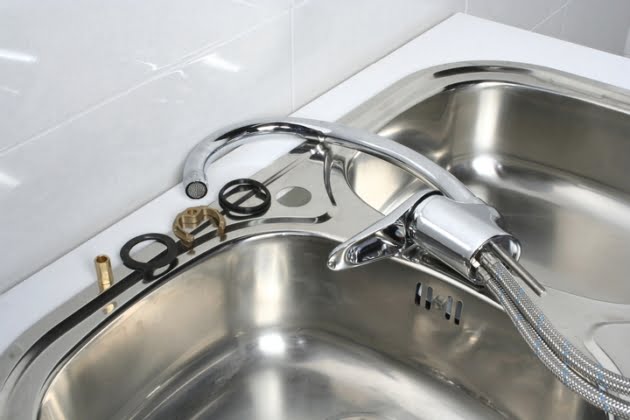If you've noticed a yellow ring in your bathroom sink, you're not alone. This common problem can be frustrating and unsightly, but thankfully, there are ways to remove it and prevent it from coming back. In this article, we'll discuss the causes of yellow ring in bathroom sinks, tips for preventing it, and effective remedies for removing it.Yellow Ring in Bathroom Sink: What It Is and How to Get Rid of It
Before we dive into how to remove the yellow ring, it's important to understand what it is. The yellow ring is a buildup of minerals, bacteria, and other substances that can occur on the surface of your sink. This buildup is often caused by hard water or soap scum, and it can be difficult to remove without the right techniques. Fortunately, there are several ways to remove the yellow ring from your bathroom sink. One option is to use a commercial cleaner specifically designed for removing mineral deposits. These cleaners can be found at most home improvement stores and are often effective at removing the yellow ring. Another option is to create a DIY cleaning solution using ingredients you already have at home. Mix equal parts of white vinegar and water, then apply it to the yellow ring using a sponge or cloth. Let it sit for a few minutes before scrubbing the area with a soft-bristled brush. The acidic properties of the vinegar will help dissolve the buildup and make it easier to remove.How to Remove Yellow Ring in Bathroom Sink
As mentioned, hard water and soap scum are the main culprits behind the yellow ring in bathroom sinks. Hard water is water that contains a high level of minerals, such as calcium and magnesium. When this water evaporates, it can leave behind a yellowish residue on surfaces like sinks and bathtubs. Soap scum is another common cause of the yellow ring. Soap scum is a mixture of soap, mineral deposits, and body oils that can accumulate on surfaces over time. When it comes into contact with hard water, it can create a yellowish film on your bathroom sink. In some cases, the yellow ring may also be caused by bacteria. Bacteria can thrive in warm, moist environments, making your bathroom sink a prime location for growth. The buildup of bacteria can result in a yellow or greenish color on your sink.Causes of Yellow Ring in Bathroom Sink
Preventing the yellow ring from forming in the first place is the best way to avoid having to deal with it. Here are some tips for keeping your bathroom sink clean and free of the yellow ring:Tips for Preventing Yellow Ring in Bathroom Sink
If you prefer to use natural remedies in your home, there are several options for removing the yellow ring from your bathroom sink. In addition to the vinegar and water solution mentioned earlier, you can also try using baking soda and lemon juice. Sprinkle baking soda over the yellow ring, then squeeze lemon juice over it. Let it sit for a few minutes before scrubbing with a brush and rinsing with water. You can also try using a paste made of equal parts baking soda and hydrogen peroxide. Apply the paste to the yellow ring and let it sit for 15-20 minutes before scrubbing and rinsing.Natural Remedies for Yellow Ring in Bathroom Sink
If the yellow ring in your bathroom sink is particularly stubborn or widespread, you may want to consider hiring a professional cleaning service. They will have the tools and expertise to effectively remove the buildup and leave your sink looking like new. Professional cleaners may also use steam cleaning or pressure washing techniques to remove the yellow ring, which can be more effective than traditional cleaning methods.Professional Cleaning for Yellow Ring in Bathroom Sink
If you prefer to use commercial products to remove the yellow ring, there are several options available. Look for cleaners specifically designed to remove mineral deposits or soap scum. These products may contain ingredients like citric acid or acetic acid, which can effectively dissolve the buildup on your sink. Be sure to follow the instructions on the product carefully and wear gloves and protective eyewear when using these cleaners.Products to Remove Yellow Ring in Bathroom Sink
In addition to the vinegar and baking soda solutions mentioned earlier, there are a few other DIY solutions you can try to remove the yellow ring from your bathroom sink. These include using a mixture of salt and baking soda or using a pumice stone to gently scrub the affected area. Just be sure to test these solutions on a small, inconspicuous area of your sink first to ensure they won't cause any damage.DIY Solutions for Yellow Ring in Bathroom Sink
As mentioned earlier, prevention is key when it comes to keeping the yellow ring at bay. In addition to the tips mentioned above, here are a few more ways to prevent the yellow ring from forming in your bathroom sink:How to Prevent Yellow Ring in Bathroom Sink
To recap, the yellow ring in your bathroom sink is most commonly caused by hard water, soap scum, or bacteria. By understanding the main causes, you can take steps to prevent it from forming and effectively remove it when it does appear. Remember to regularly clean your bathroom sink and use natural remedies or commercial cleaners to keep it looking clean and free of the yellow ring. With these tips, you can say goodbye to the yellow ring and hello to a sparkling, clean bathroom sink.Common Causes of Yellow Ring in Bathroom Sink
Why a Yellow Ring in Your Bathroom Sink is More Than Just a Stain

The Importance of House Design
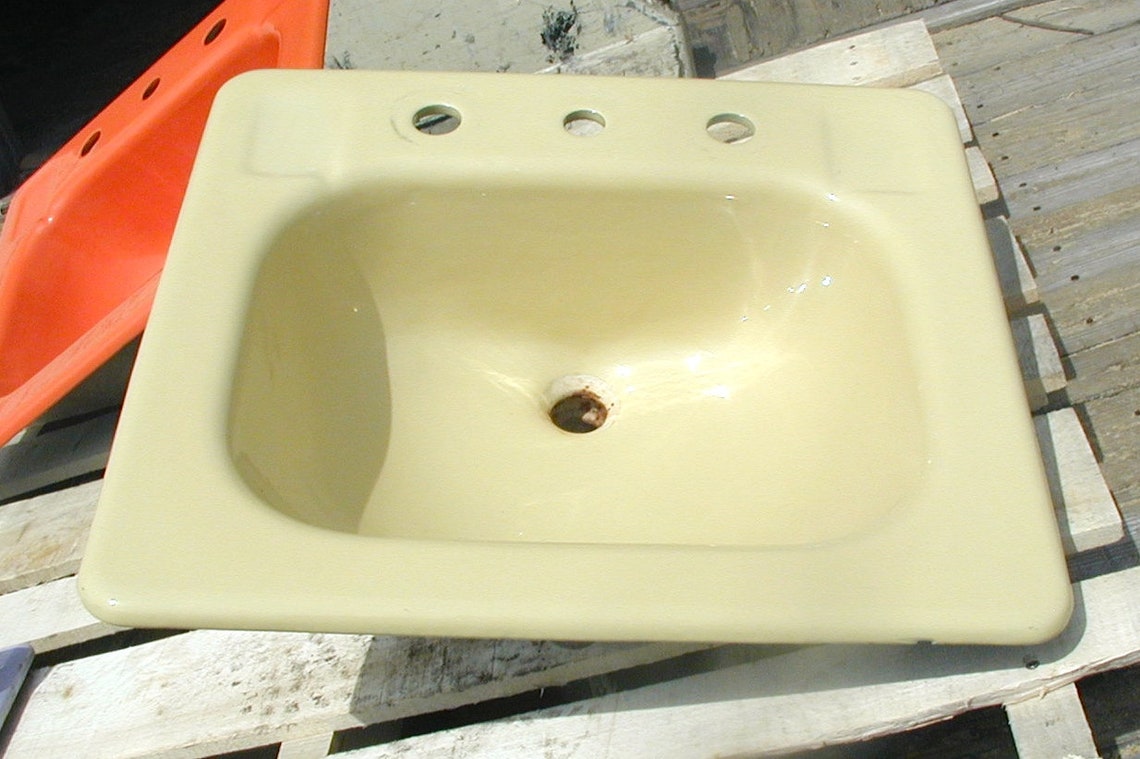
When it comes to designing our homes, we often focus on the aesthetics and functionality of each room. However, there is one important aspect that is often overlooked - the plumbing system. A well-designed plumbing system is crucial for maintaining a clean and healthy household. It not only provides us with clean water and efficient drainage, but it also helps us to conserve resources and reduce our environmental impact.
One of the most common plumbing issues that homeowners face is a yellow ring in their bathroom sink. While it may seem like a simple stain, there could be underlying causes that need to be addressed. This yellow ring is often a sign of hard water, which is water that contains a high concentration of minerals such as calcium and magnesium. These minerals can leave behind deposits that can build up over time and create that unsightly yellow ring in your sink.
The Consequences of Hard Water
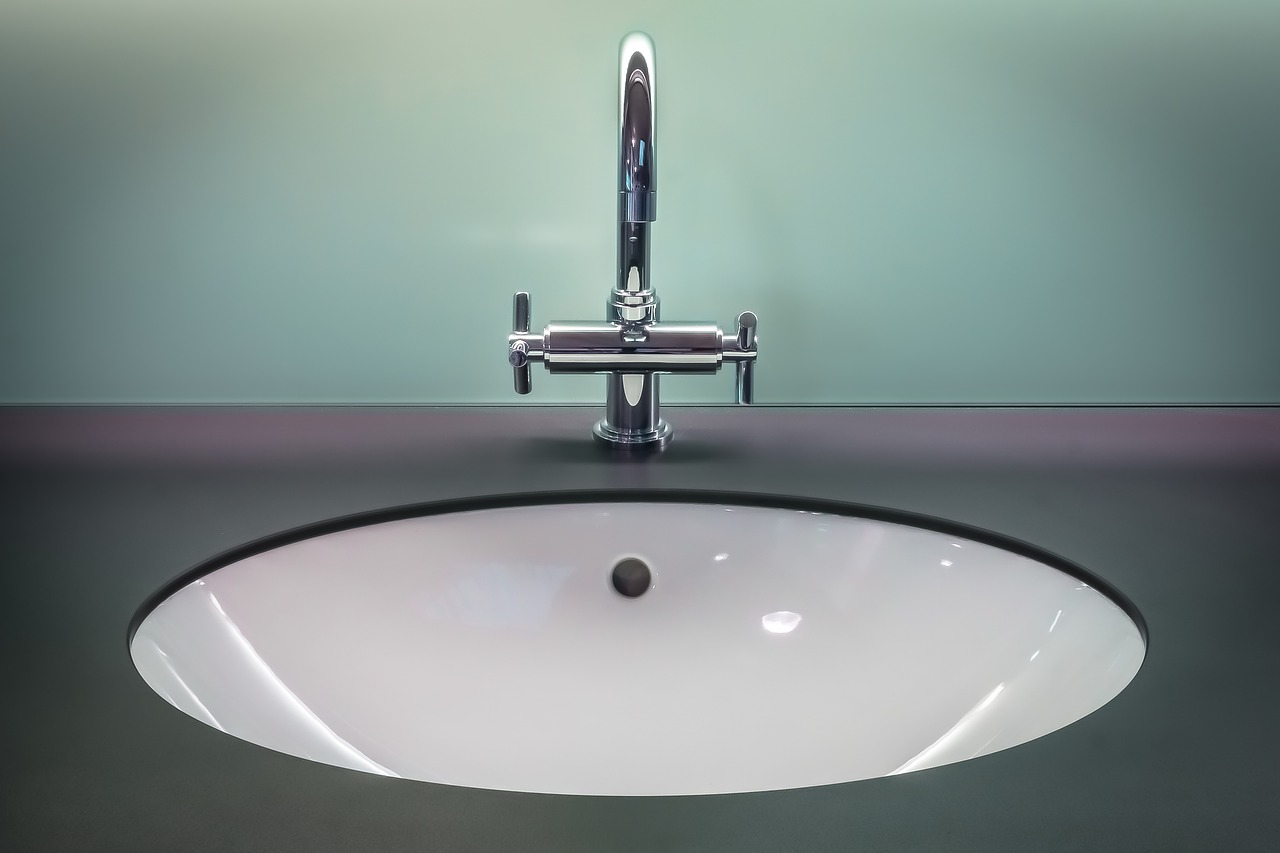
Aside from causing a yellow ring in your sink, hard water can also lead to other problems in your plumbing system. The mineral deposits can also clog your pipes, reducing water pressure and causing potential blockages. This can result in costly repairs and replacements that could have been prevented with proper attention to your plumbing system.
Hard water can also affect the lifespan of your appliances. The mineral deposits can build up in your dishwasher, washing machine, and other appliances, causing them to work harder and eventually break down. This not only leads to expensive repairs or replacements, but it also increases your energy and water bills.
The Solution: Water Softening

To prevent the yellow ring in your bathroom sink and other problems caused by hard water, it is important to invest in a water softening system. This system works by removing the minerals from your water, leaving you with soft water that is gentler on your plumbing system and appliances.
Not only will a water softening system save you money in the long run, but it will also improve the overall quality of your water. Soft water is better for your skin and hair, and it also helps to prolong the lifespan of your clothes and linens. You'll also notice a difference in the cleanliness of your home, as soft water makes it easier to clean and leaves fewer residue and soap scum.
In Conclusion
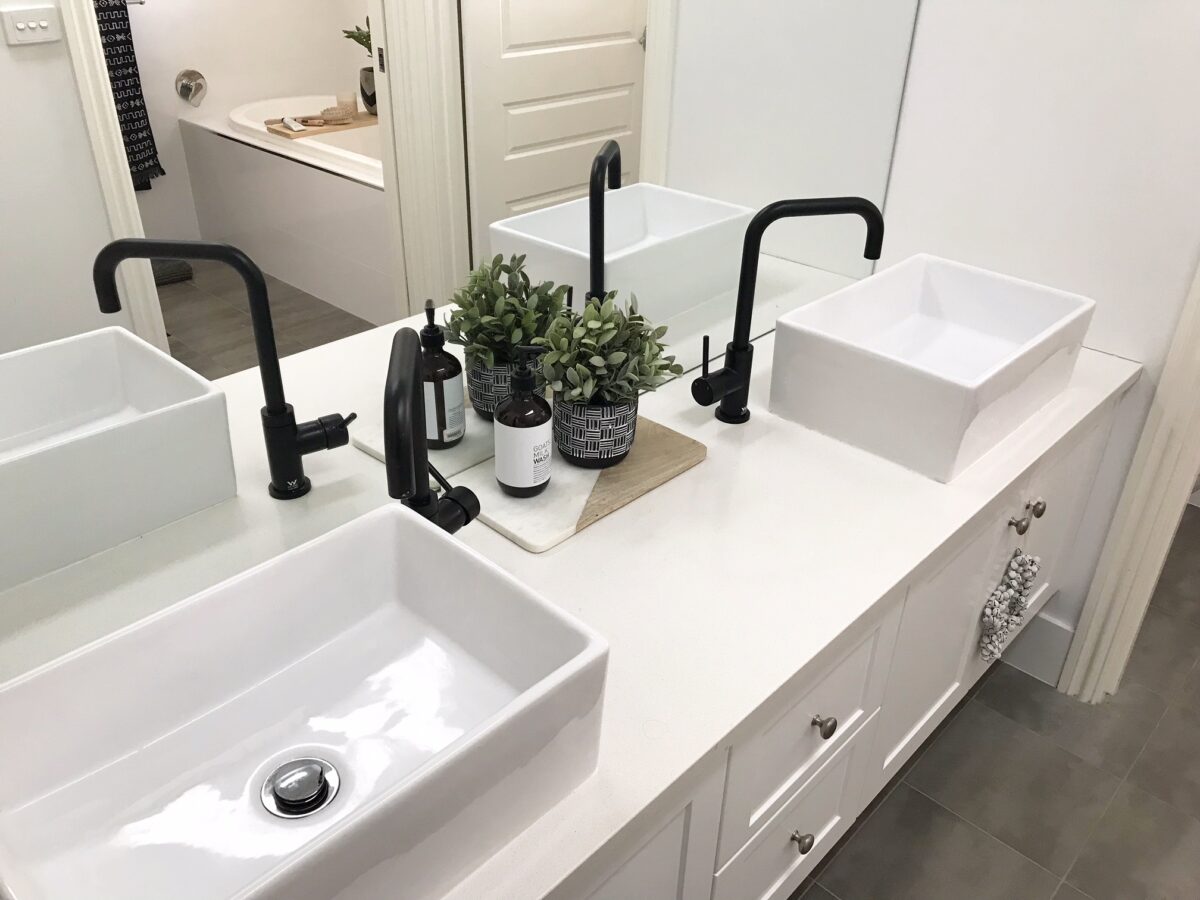
Don't ignore a yellow ring in your bathroom sink - it could be a sign of a bigger problem with your plumbing system. Investing in a water softening system will not only improve the appearance of your sink, but it will also save you money and improve the overall quality of your home. Don't underestimate the importance of proper house design, including a well-maintained plumbing system.



